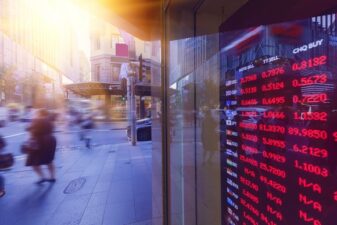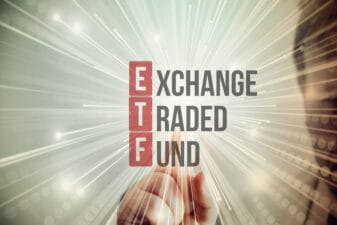Portfolio liquidity is one of the most critical issues that investors need to consider when selecting the assets include in their portfolios. If liquidity is not properly taken into account, the investor may be forced to exit some positions prematurely to fund a current cash flow needs, thereby missing out on future price rallies and dividends, or, worse, paying more taxes earlier than necessary.
Portfolio liquidity is generally the investment portfolio’s ability to efficiently meet an investor’s anticipated and unanticipated demands for cash distributions.
In determining if you have the optimum liquidity in your portfolio, there are two trading characteristics of your portfolio’s holdings that you need to critically look at: transaction costs and price volatility.
Transaction costs
These are the dollar amounts you pay or lose in order to sell an asset in your portfolio. They include brokerage fees as well as the price impact of your sale. The price impact is higher if you are selling into a thinly traded market. The opportunity cost of finding a buyer is a serious consideration too.
An asset is more liquid if you can quickly find a buyer at the fair market price. As transaction costs increase and assets become less liquid and less appropriate as a funding source for cash flows.
Price volatility
Some assets, like penny stocks, naturally do not have price stability. Price volatility compromises the asset’s contribution to portfolio liquidity as the investor becomes uncertain of the price-on-sale date.
How to judge liquidity
Firstly, check if your portfolio meets your daily living expenses with ease. Your ongoing daily living expenses create a predictable need for cash and constitute the portfolio’s highest priority. Are the frequent cash disbursements from the portfolio enough to meet living expenses?
Consider holding stable dividend stocks and high-quality bonds for this liquidity gap, especially the defensive ones such as Rogers Sugars Inc. (TSX:RSI) and real estate investments trusts such as Sienna Senior Living Inc. (TSX:SIA) and Boardwalk REIT (TSX:BEI.UN).
Secondly, look at the emergency reserve as a precaution against unanticipated events, like sudden unemployment or uninsured losses. The reserve might cover a range of three months to more than one year of your anticipated expenses. Is the reserve adequate should the undesirable mishaps knock at your door?
For this reserve to be reliable, you need some stable, listed, high-volume, publicly traded stocks that you can quickly dispose of to meet the emergency cash requirements. Consider Toronto-Dominion Bank (TSX:TD)(NYSE:TD), Bank of Montreal (TSX:BMO)(NYSE:BMO), TransAlta Renewables Inc. (TSX:RNW), and Inter Pipeline Ltd. (TSX:IPL).
Thirdly, consider how your portfolio is capable of sustaining you through negative liquidity events. These involve discrete future cash flows or major changes in ongoing expenses, such as a change in cash needs brought about by retirement, a significant charitable gift, anticipated home repairs, the purchase of a new home, the arrival of a newborn, college fees, or an investment in a new asset.
However, for the sake of completeness, positive liquidity events and external support should also be noted, such as anticipated gifts, as these would boost liquidity and portfolio value.
Speculative gambles such as Canopy Growth Corp. (TSX:WEED), penny stocks, common stocks with trading restrictions, limited partnerships, and direct real estate holdings like your home are “illiquid” holdings appropriate mainly for capital gains purposes.








